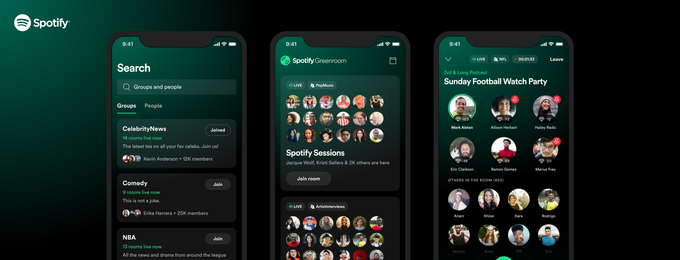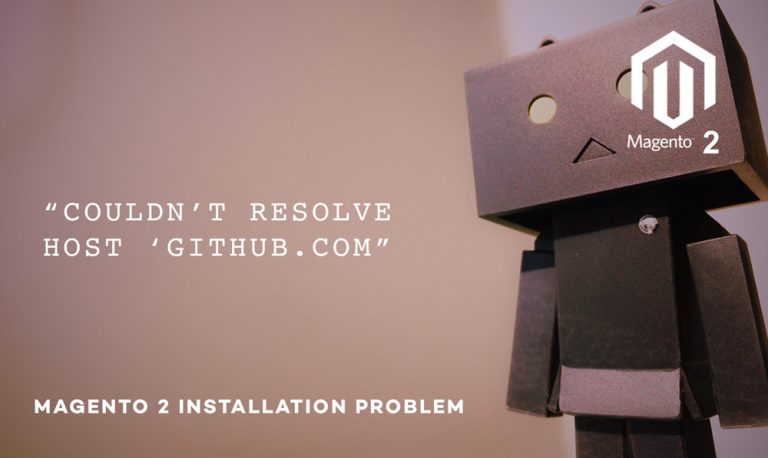While businesses in every sector have been working toward a digital transformation for the past several years, covid-19 accelerated this shift across industries. New technologies are advancing at a pace that requires employers to continuously retrain their workforce to stay current. Organizations must become places of learning if they are to prepare workers for jobs of the future.
Joe Schaefer is Chief Transformation Officer at Strategic Education.
The World Economic Forum has published one estimate suggesting that technologies like artificial intelligence (AI) could displace 75 million jobs by 2022 but may also create 133 million new roles, and a study by IBM’s Institute for Business Value predicts as many as 120 million workers in the world’s 12 largest economies may need to be retrained in the next three years as a result of an increasing shift toward and embrace of automation and AI. This scale of retraining and workforce preparation requires a fundamental paradigm shift. For employers to thrive in this new digital area and stay one step ahead of competitors, they need to invest in the ongoing education of their employees. In turn, employees need to be encouraged and willing to continue to learn to advance at work.

While employers are beginning to recognize their role in reskilling and upskilling employees, they are not trained educators. For the workplace to successfully double as a place of higher learning, employers will need to build strong partnerships with higher education providers that offer flexible programs and incorporate innovative technologies to help support these working adult students as they achieve the next step in their career.
Here are three technologies that we have found support the success of busy, adult learners:
Virtual assistants. Time is a precious resource for those who are working and learning. Working students don’t have time being placed on hold or passed around to support staff to find answers to their administrative questions.
Virtual assistants in the online higher education setting can help students in a variety of areas, from their admission processes to class updates to assignment submission deadlines. They should be designed to also record interactions, create insights, capture analytics, and deliver a more personalized experience each time students engage with it.
Many of us have grown to rely on virtual assistants, such as Alexa or Google Home, to save us time and make our lives easier. Expanding their use to help facilitate ongoing learning makes a lot sense.
Predictive analytics. Predictive analytics is a powerful tool to help anticipate a student’s success in a course by drawing on the interplay between machine learning, AI, and other technologies to help adult learners persist. It allows higher education institutions to identify a learner who is struggling to complete assignments and perhaps at risk of dropping out of a program so that advisors, professors, and other support systems can intervene early with one-on-one support for the student. For employers partnering with higher education providers, this is a powerful tool to ensure their employees are on track to complete a program they have invested in.
These relatively simple nudges are important. Life can, and often does, get in the way of education for working adults, who may be juggling a family or other priorities at home, so reminders and offers of support go a long way in helping a student achieve their education goals.
Gamification techniques. Gamification places game mechanics—such as point systems and tracking, achievement levels, awards and prizes—into non-game situations. It is already part of our everyday lives, across many industries, like fitness class leaderboards and airline frequent flier programs. Studies have shown that gaming strategy motivates consistent participation and long-term engagement among users. For example, a study from Finland found that a simple gamification strategy of awarding badges to students in a post-secondary computer science course had a positive impact—a majority of students said that trying to achieve badges increased their motivation.
Higher education must embrace and invest in gamification technology to help promote good student behaviors and boost learning success.
Online learning can make student engagement challenging. Even before the pandemic hit and all coursework moved online, online instruction was scrutinized for its inability to keep students engaged and on track. Add these challenges on top of additional responsibilities for adult learners, such as work and caring for children, and engagement becomes even more challenging. Gamification is one way to help motivate adult learners and instill a sense of accountability and engagement, and it serves as a great foray into online learning for students new to this type of instruction, helping them get more comfortable with completing assignments online and nudging them to complete necessary tasks such as reading a syllabus or signing into the message boards.
Using technology to manage your training and benefits
If your employer offers tuition assistance or reimbursement programs as a perk, it likely has some sort of education management platform to manage the back-end operations like disbursal of benefits and program verification. But these platforms can oftentimes be clunky, with employers maneuvering between multiple interfaces for information regarding an employee’s education progress and spending, and employees figuring out which programs are covered under their tuition assistance benefits. Partnering with institutions that offer simple, easy to use platforms, like Workforce Edge, for tuition assistance programs may help encourage employees to take advantage of tuition benefits and make it easier for employers to better track their return on investment in these programs.
Work, a place of higher learning
As with any technology, it’s most important to keep the end user in mind. The busy, working adult is not the same as the 18-year-old who has just graduated high school and is ready to spend four years on campus. Training and reskilling programs for adult workers should be flexible, accessible, and engaging. With the right technology and educational partner, every employer can become a place of higher learning, helping their employees achieve career and economic mobility while staying one step ahead of their competition with a highly trained workforce.
For more information, visit workforceedge.com.
This content was produced by Strategic Education. It was not written by MIT Technology Review’s editorial staff.






